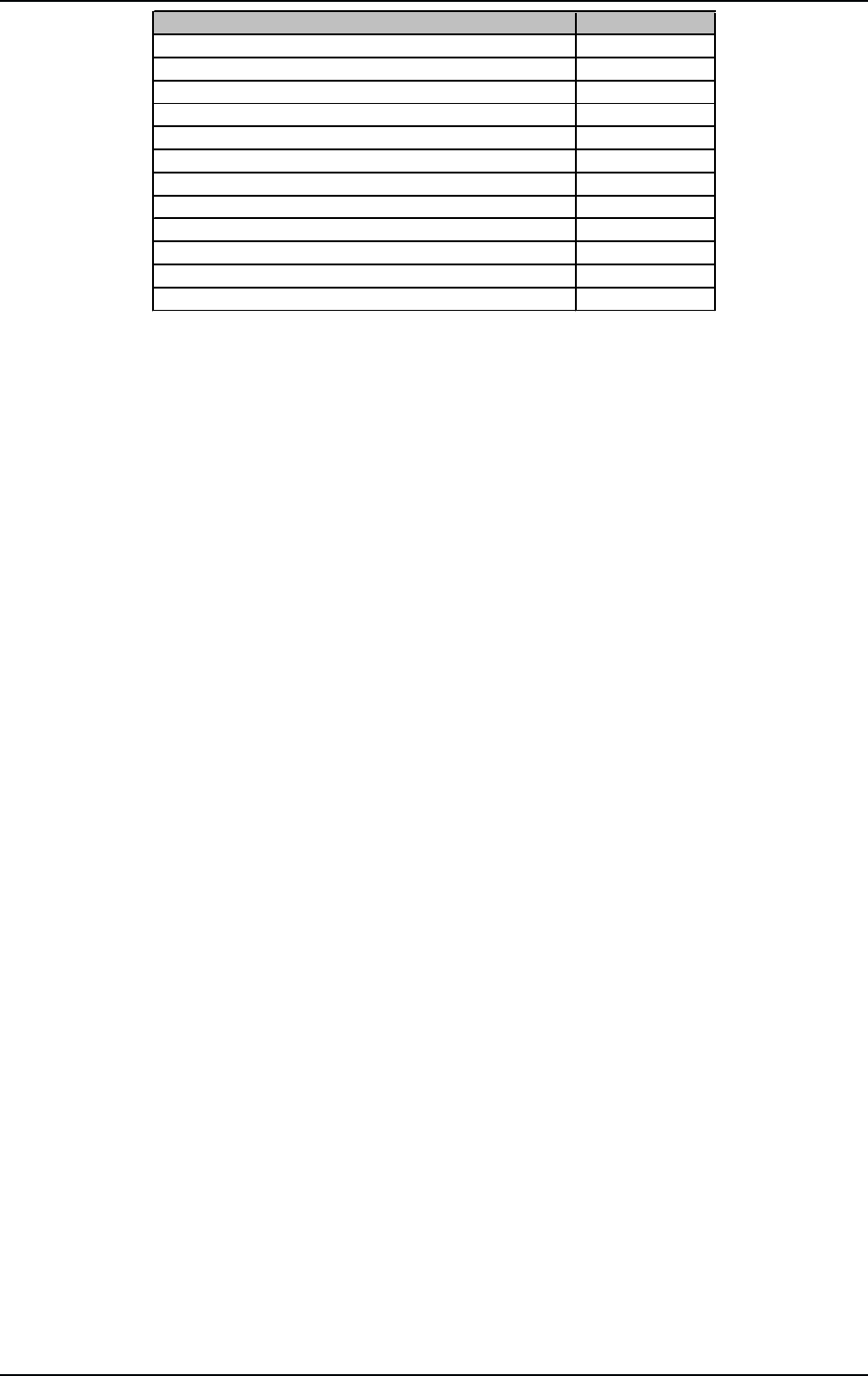
15
TUBE COMPOSER T1952
Control element Setting
IN/OUT switch IN
SC EXT switch OFF
SC MON switch OFF
INTERACTIVE/HARD KNEE switch INTERACTIVE
SC FILTER switch OFF
THRESHOLD control of the compressor section +20 dB
RATIO control 3:1
AUTO switch AUTO
OUTPUT control 0 dB
LIMITER control OFF
GAIN RED./LEVEL switch GAIN RED.
WARMTH control COLD
Tab. 2.2: Initial settings for the compressor section
Rotate the THRESHOLD control counterclockwise until an appropriate amount of gain reduction is indicated on
the GAIN REDUCTION meter. This operation will be accompanied by an audible drop in output level. The
OUTPUT control should now be turned clockwise to reinstate the output level. The level of the unprocessed and
the processed signal can be compared by pressing the I/O METER switch and observing the INPUT/OUTPUT
LEVEL meter.
Final adjustments of the controls can then be made to suit your particular requirements, including the RATIO,
ATTACK and RELEASE controls. The AUTO function of the attack and release times provides program
dependent dynamic processing which suits most standard uses. If a condensed or wider sound processing
technique is required, the attack and release times can also be manually adjusted.
The experienced user will be in a position to specify parameters while in bypass mode and thus realize the
effect before the unit is actually switched into operation. This is important in live situations, where a signal
needs to be managed efficiently by the engineer, without the convenience of continual A/B comparison.
The SC filter (side chain filter)
Compressors are often blamed for making the sound duller or muffled. This is because most of the energy in a
signal is usually in the bass region causing the compressor to react mostly to the bass. When the compressor
identifies a strong bass signal the gain must be reduced according to the settings of the compressor. When
high frequencies are present they will also be reduced. This is why a highly compressed drum kit sounds
muffled, the cymbals are drowned out by the bass and toms. This also happens to ambient noise like reverb.
The solution to this is to reduce the compression ratio or to increase the attack time. Increasing the attack
time will cause the compressor to react slower to transients so that high frequency signals will be able to pass
through before the gain is reduced.
The TUBECOMPOSER T1952 offers you another more elegant solution. When engaging the SC FILTER, a
high pass filter can be switched in the SC signal. This prevents bass signals from dominating the compression
process. A bass signal is compressed less than a mid or high frequency signal of the same amplitude. The
benefit of this is that the frequency response and attack and release time can remain optimal.
Bass signals are often already processed in pop music. This means that the SC filter is suited to process the
entire mix. With the help of the TUBE COMPOSER you can increase the overall loudness without the
described side effects usually associated with compression.
The tube stage used in the TUBECOMPOSER is ideally suited to give the compressed signal the finishing
touch.
2.4 Peak limiter section
As a section of its own and independent of the remaining control functions, the peak limiter enables you to limit
the maximum peak level on the TUBECOMPOSERs output. It has been designed for use in combination with
the compressor section. Independently of all compressor functions, you can protect subsequent devices against
signal peaks, short-time overload and excess modulation (radio stations, etc.).
2. OPERATION


















